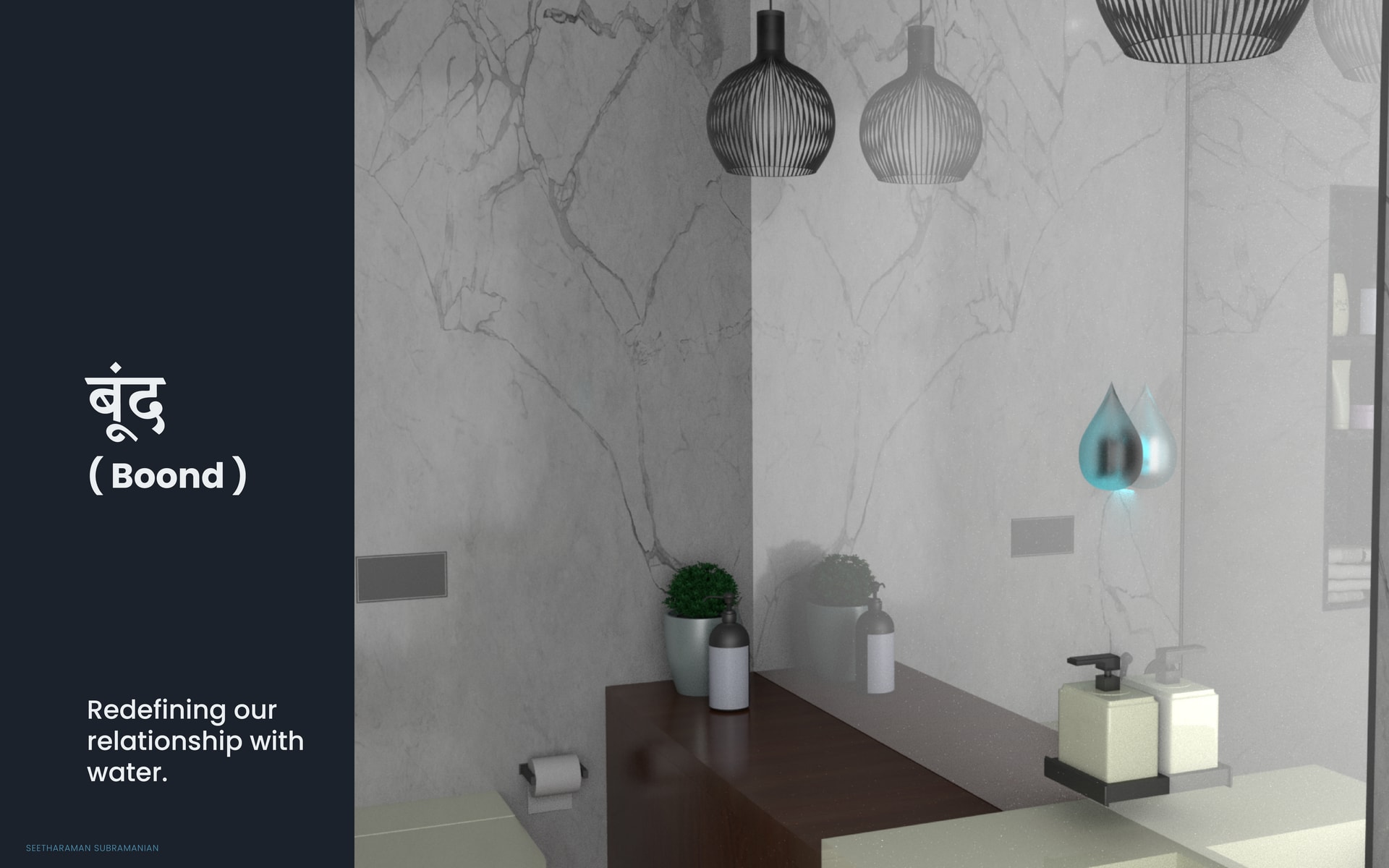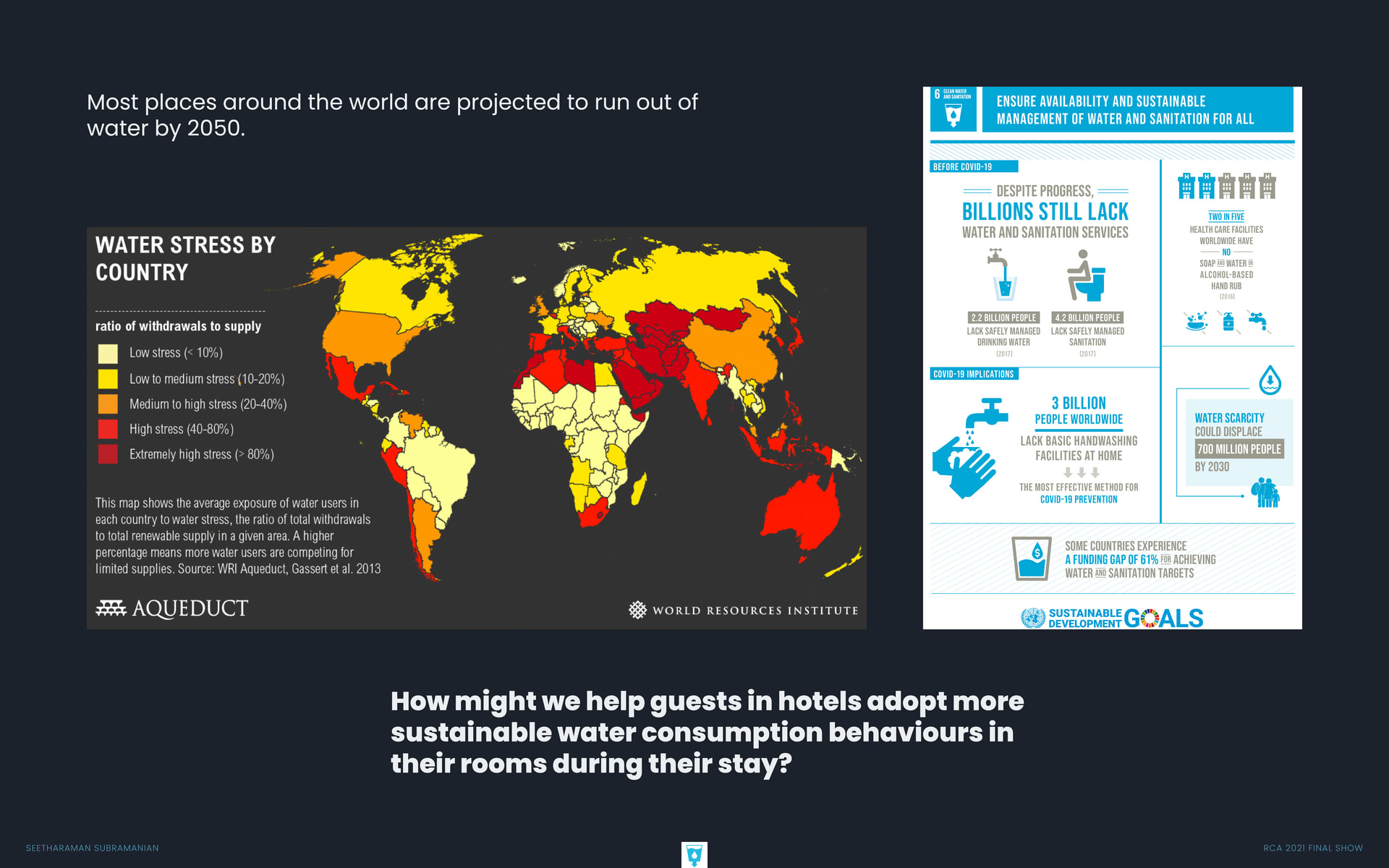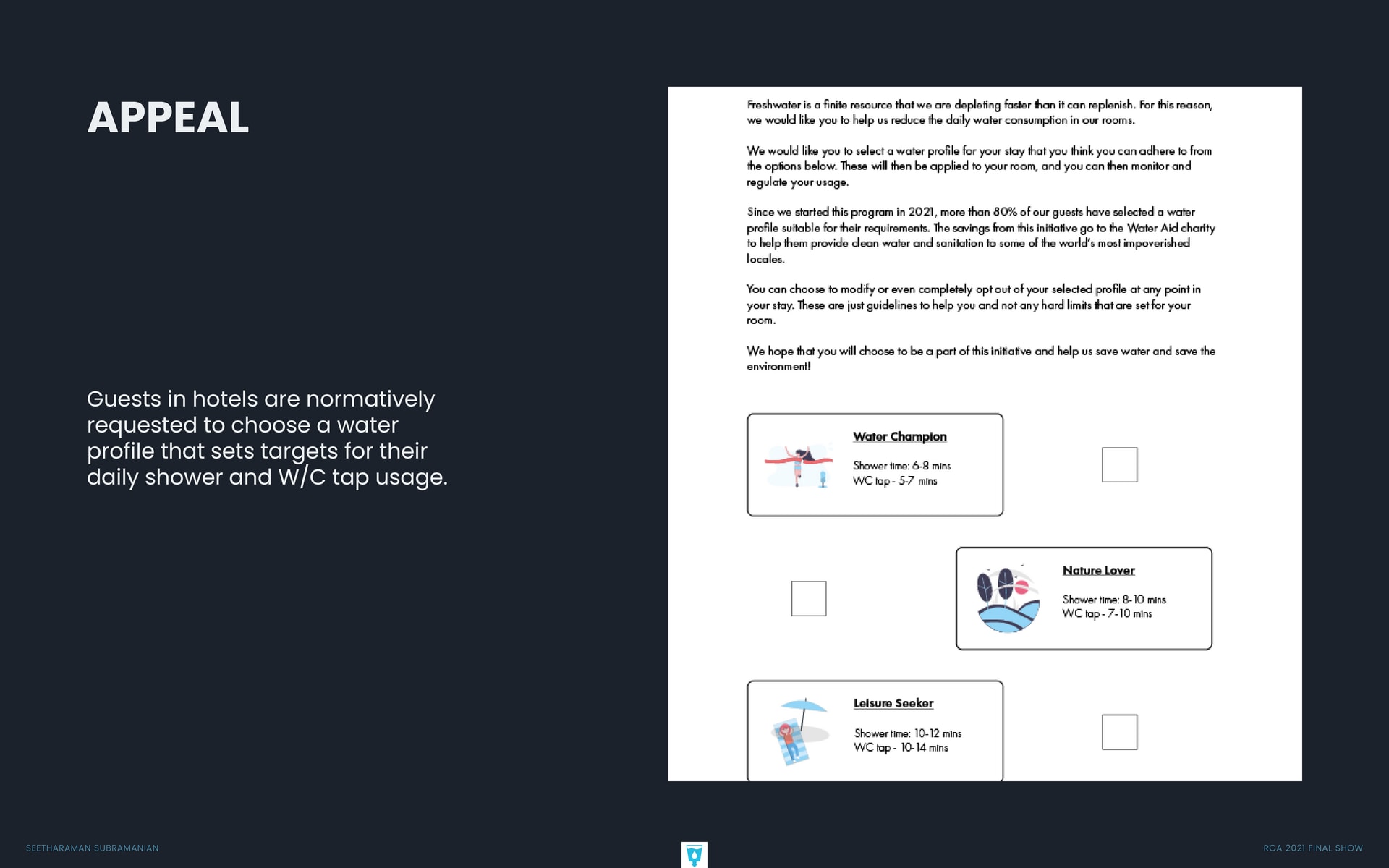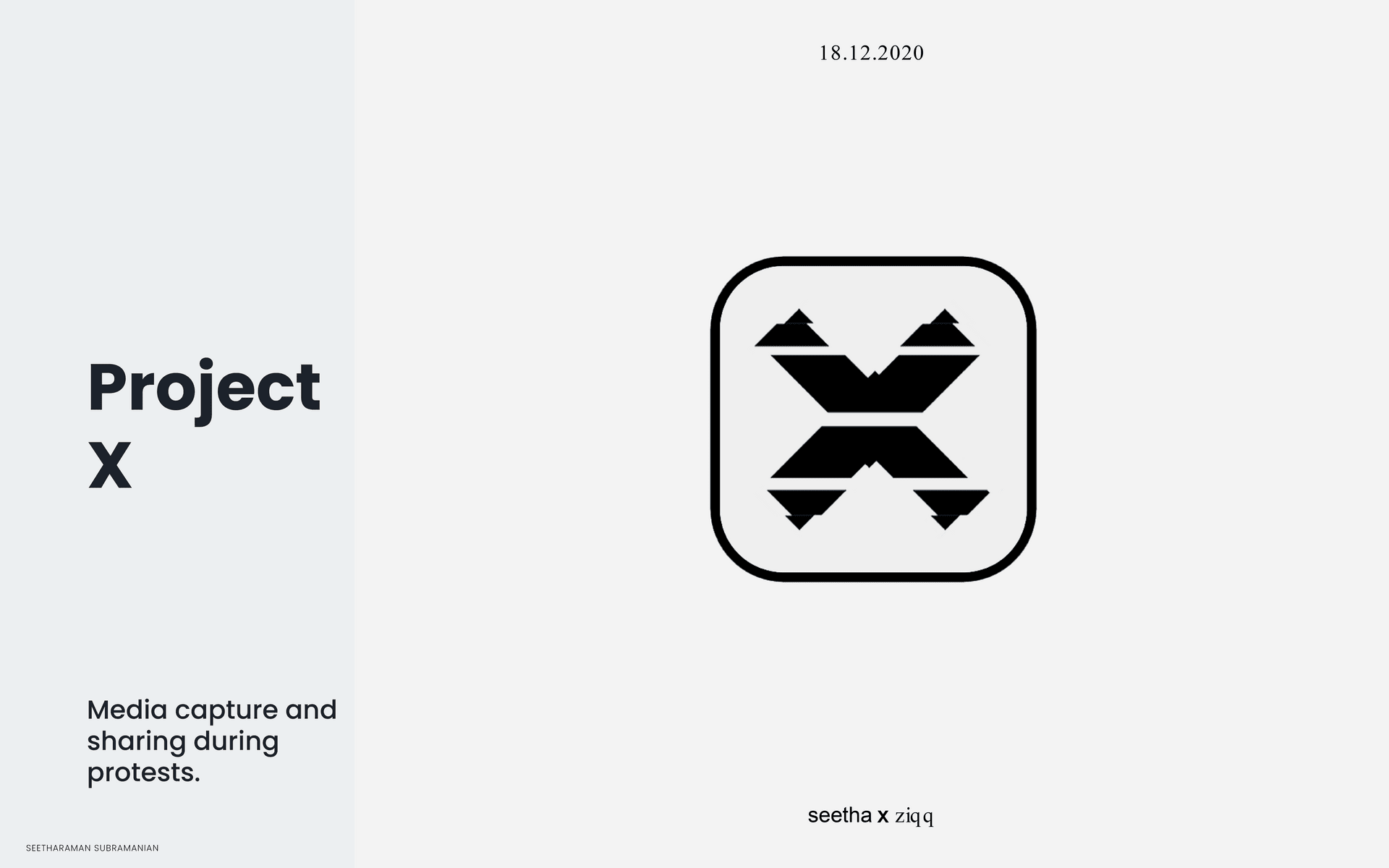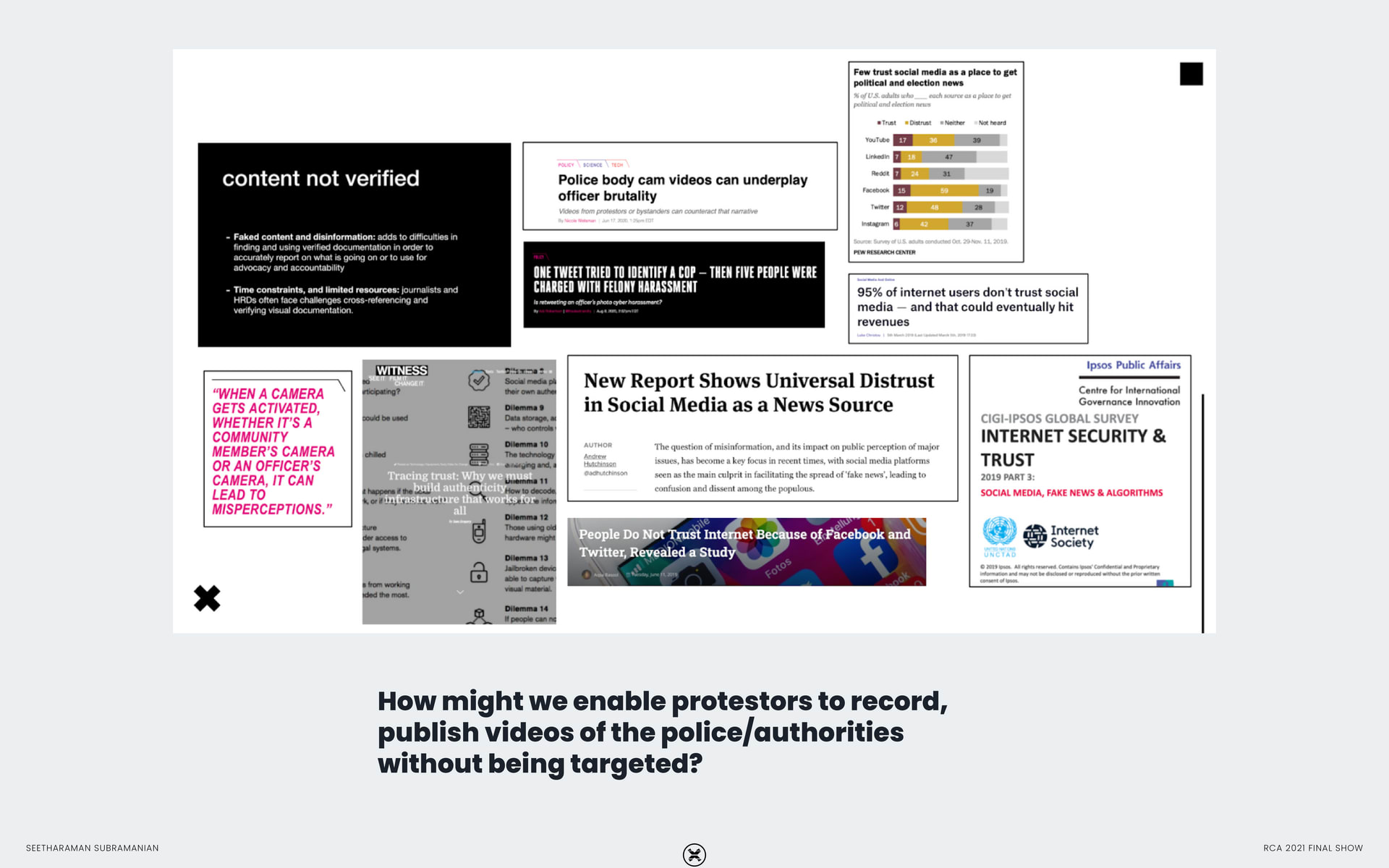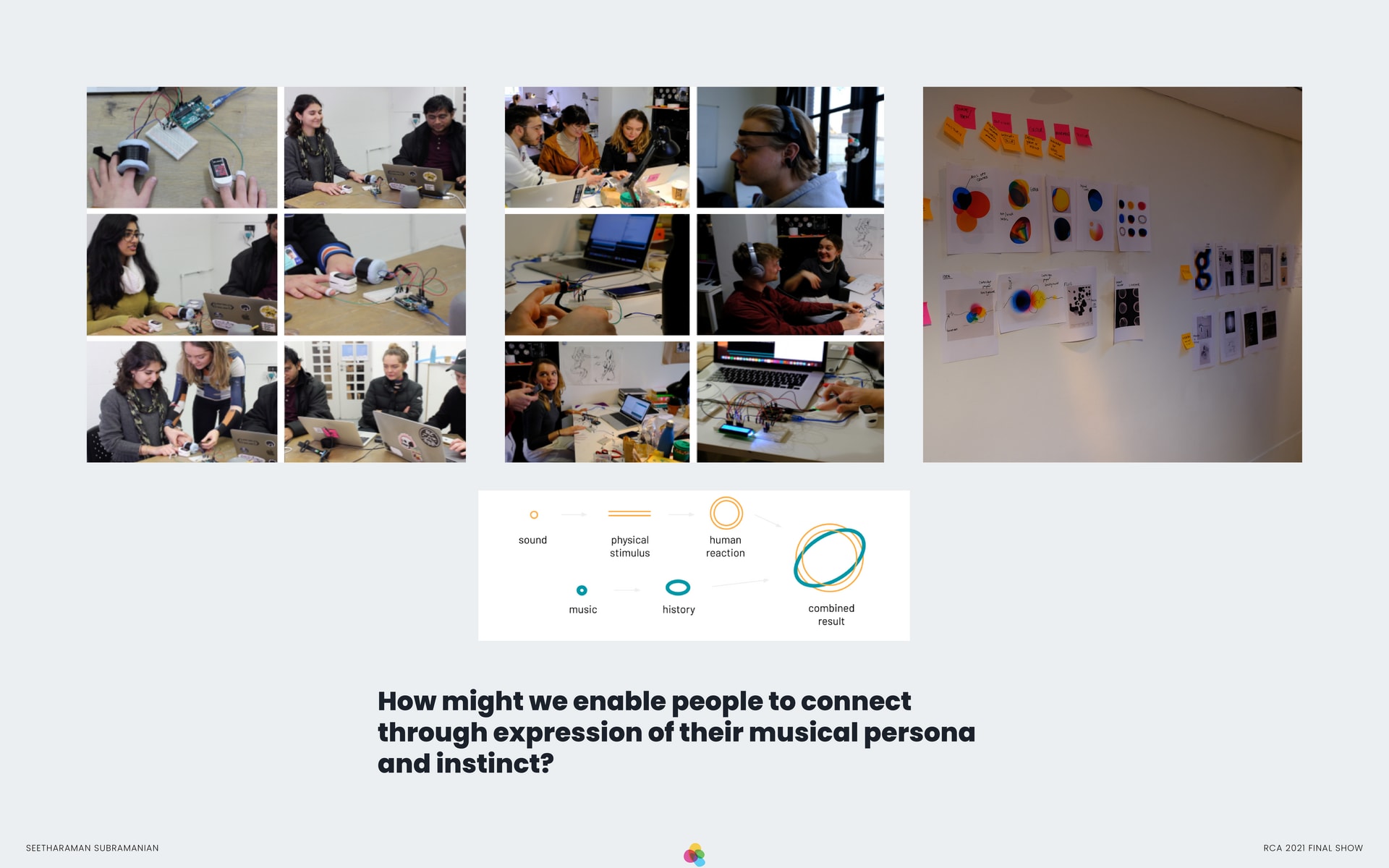Seetharaman Subramanian is an innovation-focused designer with a background in engineering from India. His focus is on helping people change their daily water usage behaviours for a more sustainable planet, by helping track consumption at different water outlets in the home.
EDUCATION:
MA/MSc Global Innovation Design, Royal College of Art & Imperial College London
B. Tech/M. Tech in Engineering Design, Indian Institute of Technology Madras
EXPERIENCE:
Seetharaman has worked as a junior designer with Bang Design for six months, during which he led the redesign of the Superthrower cricket bowling machine for Freebowler LLC. Before that, he had worked as a research intern under Professor Vishal Singh at Aalto University in Finland during a summer exchange under the Aalto Science Institute AScI internship program.


